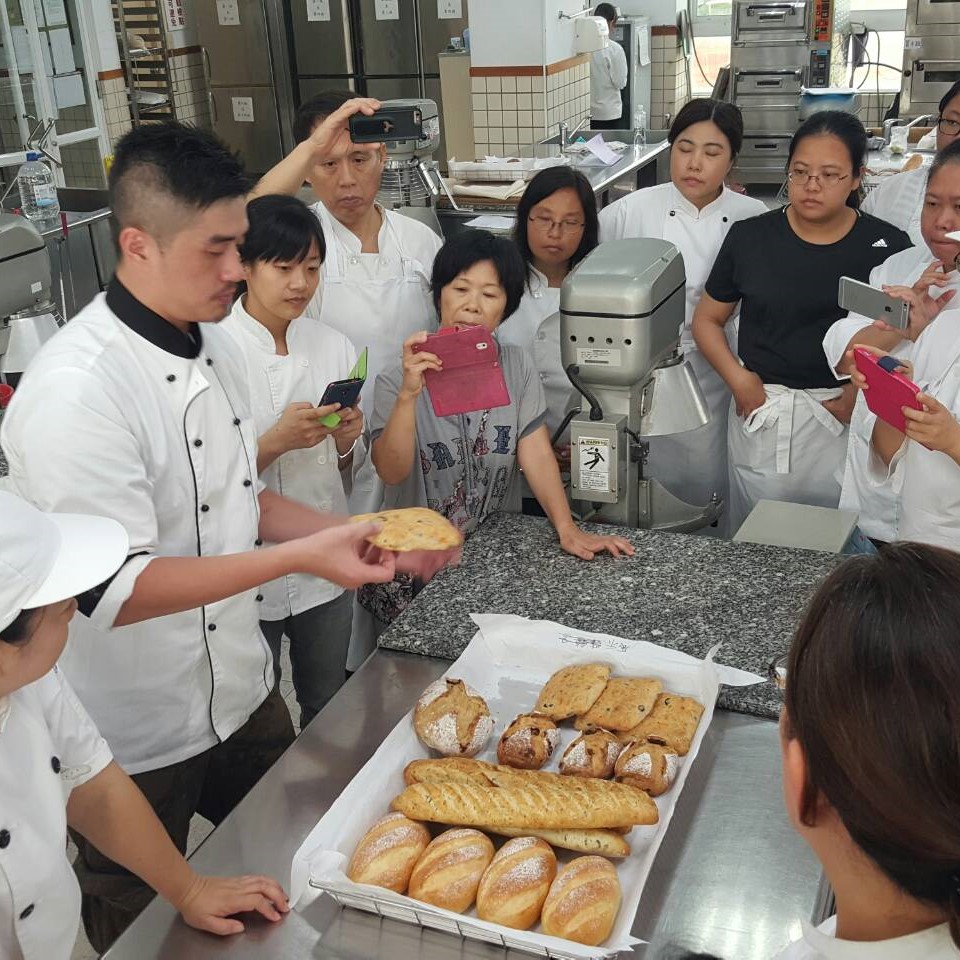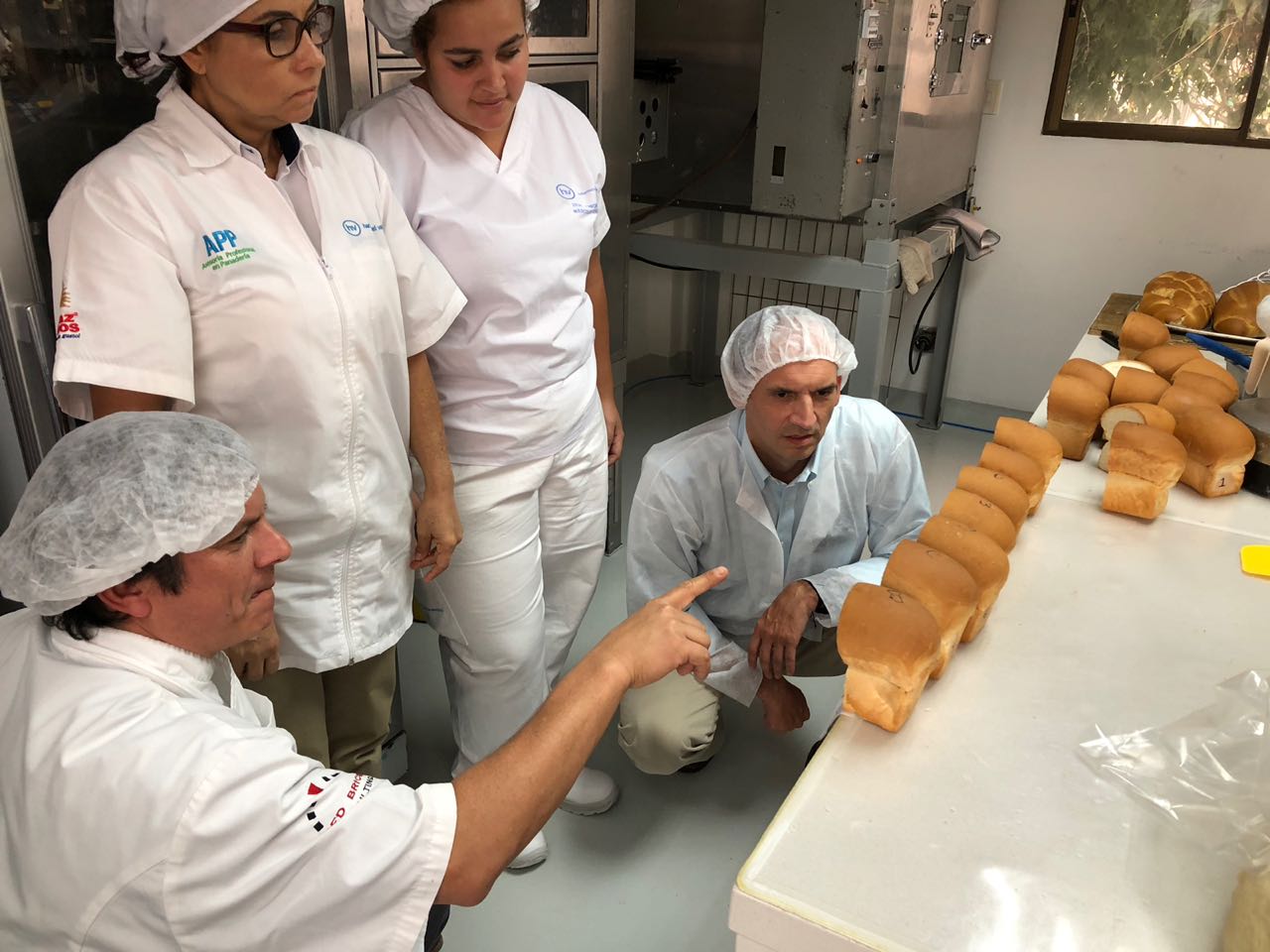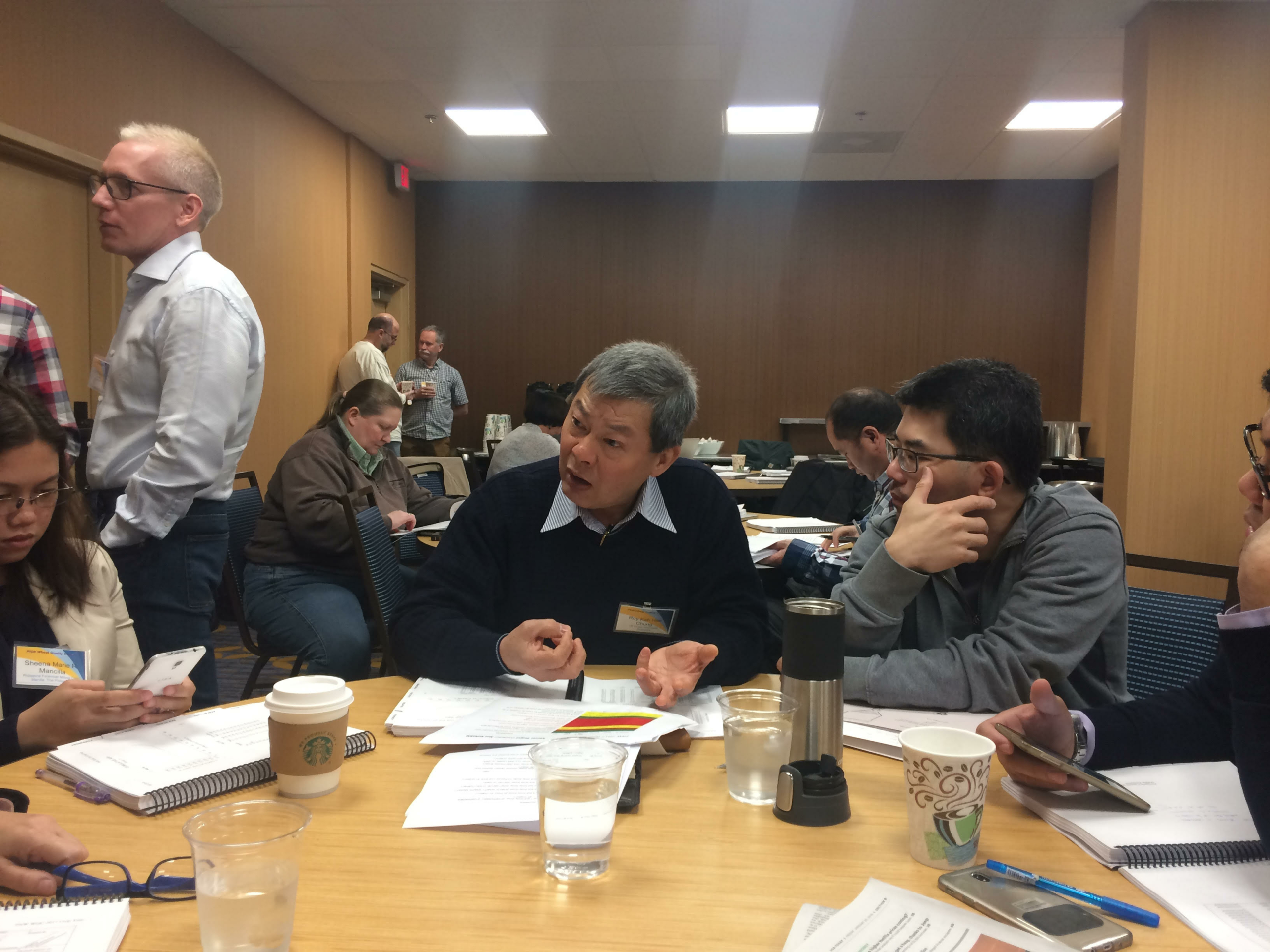In Taiwan, wheat consumption has steadily grown while rice consumption has declined. The reason, in no small part, is because USDA Foreign Agricultural Service cooperator U.S. Wheat Associates (USW) has provided expertise, guidance and encouragement to accelerate a cultural shift toward consuming more baked goods.
With funding from the Foreign Market Development (FMD) program helping maintain USW staff in Taipei, USW has been a partner to an innovative milling and baking industry for more than 50 years. That has helped USW identify that the public must be enticed by novelty, nutrition and flavor for Taiwanese wheat consumption to continue growing. Higher end baked items from naturally fermented dough, fancier pastries, confections and Japanese style cakes are becoming the focus of ever more sophisticated tastes.
With activity funding from the Market Access Program (MAP), USW has helped its customers in the milling, baking, vocational training, and education sectors to remain competitive by developing novel baked goods that favor the use of flour milled from U.S. hard red spring (HRS), hard red winter (HRW) and soft white (SW) wheat classes.
One example of how USW is helping sustain the growth in wheat foods is a sour dough baking seminar in October 2017, jointly developed and conducted by a Taiwanese flour mill, Chia Nan University and USW, funded in part through MAP. A total of 100 participants from southern Taiwan, including university professors, technology high school teachers, bakers as well as hotel and catering company chefs, attended the day-long seminar. The topics included information about why U.S. HRW and HRS wheat classes provide the correct functional flour performance for sour dough baked goods including white and whole wheat bread, bagels, baguettes, etc. The instructors also showed the advantages of U.S. SW flour in sour dough cream cakes and even cheese corn soup. A survey showed that all participants found value in the seminar and that they would strongly consider developing new sour dough products or incorporate the products into their baking curriculums.
Helping wheat consumption grow is particularly important in a market like Taiwan, which imports about 78 percent of its wheat on average from the United States. Five years ago, in marketing year 2013/14 (June 1 to May 31), Taiwan imported 1.28 million metric tons (MMT), of which 1.05 MMT was U.S. wheat. In 2017/18, Taiwan imported 1.39 MMT, of which 1.14 MMT came from U.S. farmers. U.S. wheat export prices vary by class and from year to year, but in 2017/18, USW invested almost $535,000 in FMD and MAP funding and estimates the total value of our exports to Taiwan in 2017/18 was at least $260 million.




